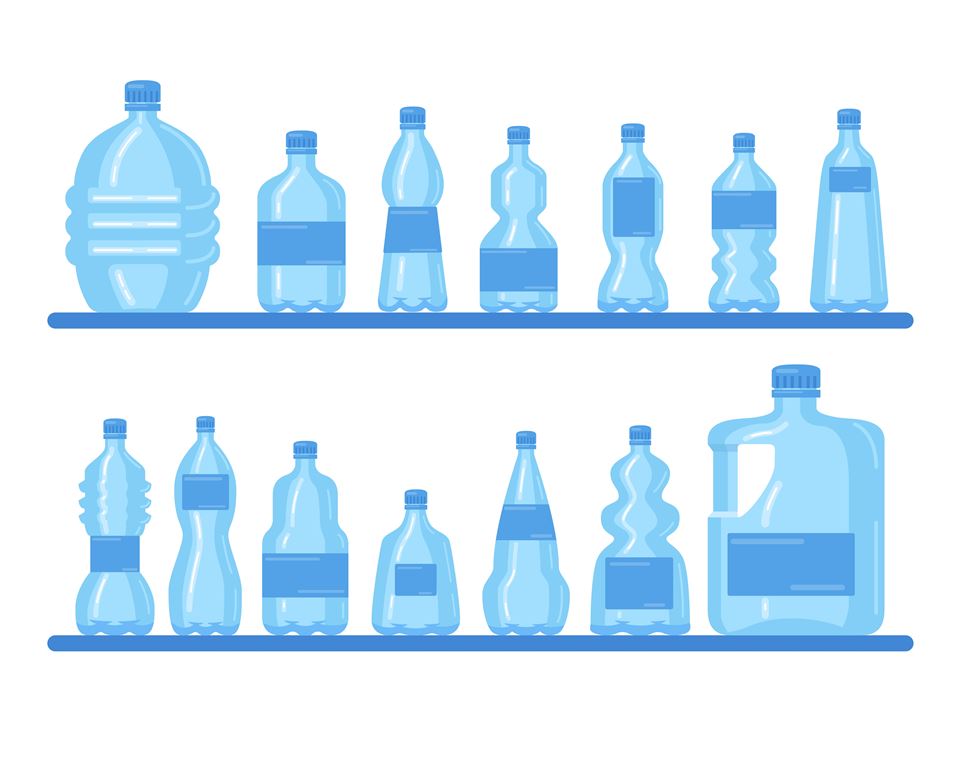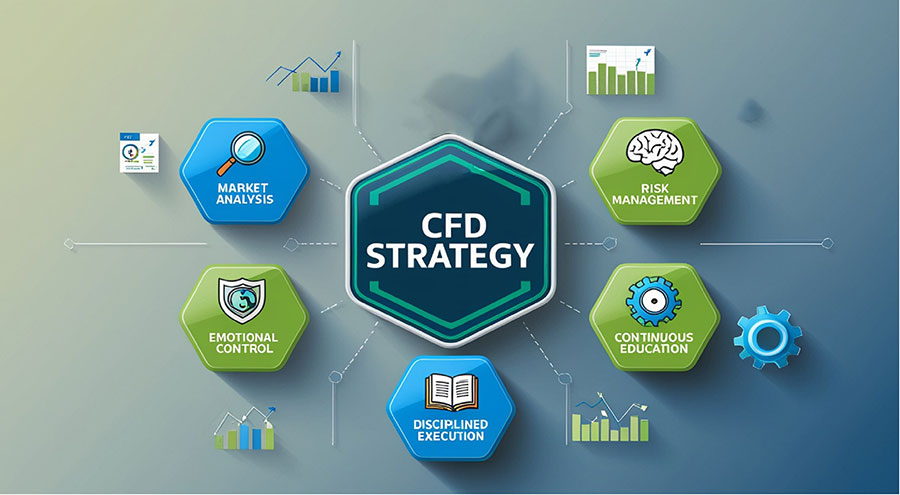
In a world increasingly conscious of environmental impact, the concept of the circular economy has emerged as a transformative model for sustainable growth. At its core, a circular economy aims to eliminate waste and continually use resources by creating a closed-loop system. This paradigm shift is particularly relevant in the packaging industry, where the transition from traditional linear models to circular practices can significantly reduce environmental footprints. Let’s explore how embracing the circular economy is shaping the future of sustainable packaging.
Understanding the Circular Economy
The traditional economic model follows a linear path: take, make, dispose. Resources are extracted, products are manufactured and used, and then discarded as waste. In contrast, the circular economy is regenerative by design. It keeps products, materials, and resources in use for as long as possible, extracting maximum value before recovering and regenerating them at the end of their service life.
The Role of Packaging in a Circular Economy
Packaging is ubiquitous in our daily lives, serving essential functions like protecting products, extending shelf life, and providing information. However, it also contributes significantly to global waste, especially when designed for single use. Transitioning to a circular approach in packaging involves several key strategies:
1. Designing for Recyclability and Reuse
Creating packaging that can be easily recycled or reused is fundamental. This means using materials like PET and HDPE plastics, which are widely recyclable. Design considerations include minimizing material diversity, avoiding contaminants, and simplifying packaging structures to facilitate recycling processes.
2. Incorporating Recycled Materials
Using recycled content in packaging reduces the demand for virgin materials and lowers environmental impact. Materials like R-PET (recycled PET) and R-HDPE (recycled HDPE) are becoming more prevalent, supporting a market for recycled plastics and encouraging recycling programs.
3. Implementing Biodegradable and Compostable Materials
For packaging that is likely to end up in landfill or as litter, biodegradable and compostable materials offer an alternative that can reduce long-term environmental harm. These materials break down under specific conditions, returning to the ecosystem without leaving harmful residues.
4. Promoting Refill and Return Systems
Encouraging consumers to return packaging for reuse or to participate in refill programs extends the life of packaging materials. This approach not only reduces waste but also fosters customer engagement and loyalty.
Benefits of Circular Packaging
Environmental Advantages
- Waste Reduction: Minimizes the amount of packaging that ends up in landfills or oceans.
- Resource Conservation: Reduces the need for raw material extraction by keeping materials in use.
- Lower Carbon Emissions: Decreases energy consumption and greenhouse gas emissions associated with production and disposal.
Economic Benefits
- Cost Savings: Long-term savings through efficient resource use and waste reduction.
- Innovation Opportunities: Drives the development of new materials and business models.
- Market Differentiation: Meets consumer demand for sustainable products, enhancing brand reputation.
Social Impact
- Consumer Engagement: Educates and involves consumers in sustainability efforts.
- Regulatory Compliance: Prepares businesses for existing and future environmental regulations.
- Global Responsibility: Contributes to international sustainability goals like the UN Sustainable Development Goals.
Challenges and Solutions
Infrastructure Limitations
Challenge: Inadequate recycling and composting facilities can hinder circular practices.
Solution: Investment in recycling infrastructure and partnerships with waste management companies can improve capabilities. Advocating for government support and policy changes can also drive infrastructure development.
Consumer Behavior
Challenge: Lack of consumer awareness or participation can limit the effectiveness of circular packaging.
Solution: Clear labeling, education campaigns, and incentives can encourage proper disposal and recycling behaviors among consumers.
Economic Viability
Challenge: Initial costs for developing and implementing circular packaging can be high.
Solution: Consider long-term savings and benefits. Government grants, subsidies, and collaborations can offset initial investments. Additionally, economies of scale can reduce costs over time.
The Way Forward
The shift toward a circular economy in packaging is not just a trend—it’s an essential evolution for sustainability. Businesses play a crucial role in this transition by redesigning products, rethinking business models, and engaging consumers.
Collaboration is Key: Success requires collaboration across the supply chain—from material producers and packaging manufacturers to brands, retailers, and consumers.
Innovation and Adaptation: Embracing new technologies and materials will drive progress. Staying adaptable allows businesses to respond to changing regulations and consumer preferences.Measuring Impact: Setting clear goals and measuring progress helps in assessing the effectiveness of circular strategies and making informed decisions.



